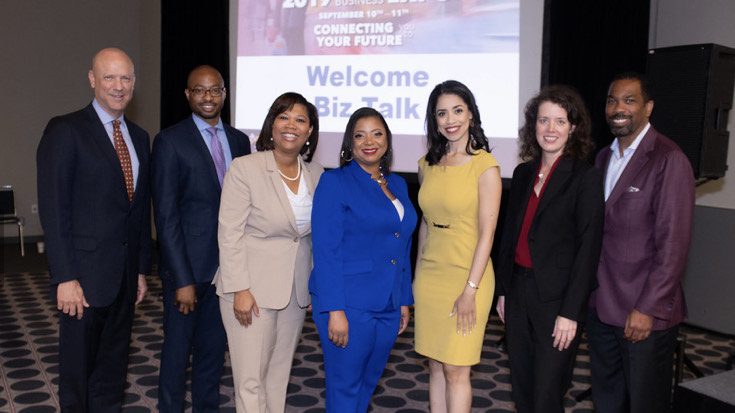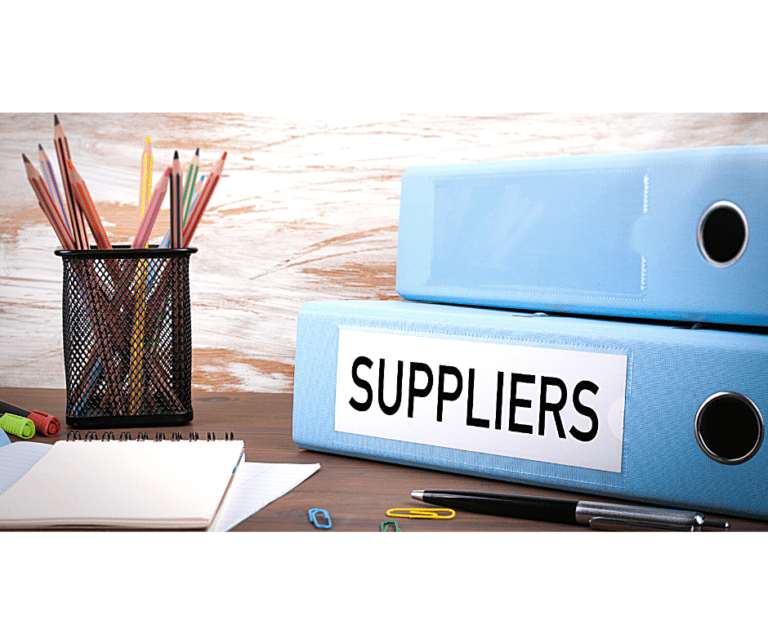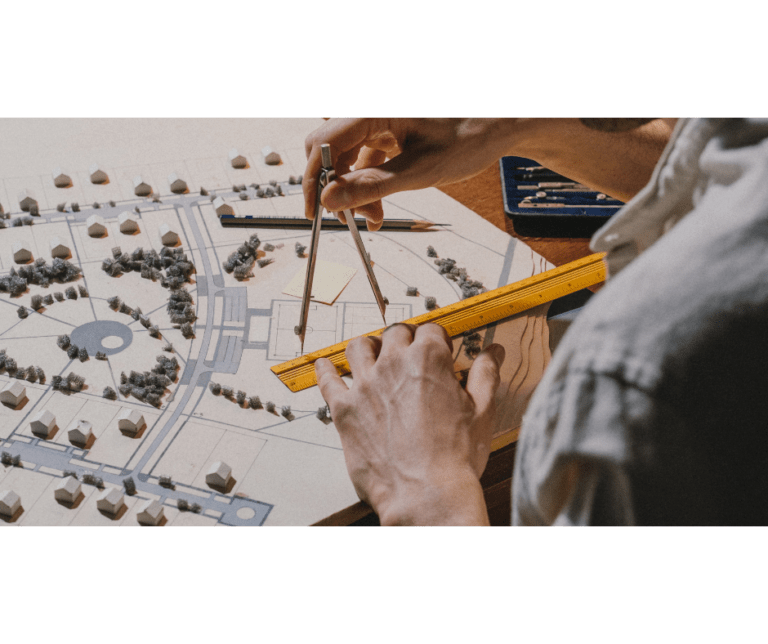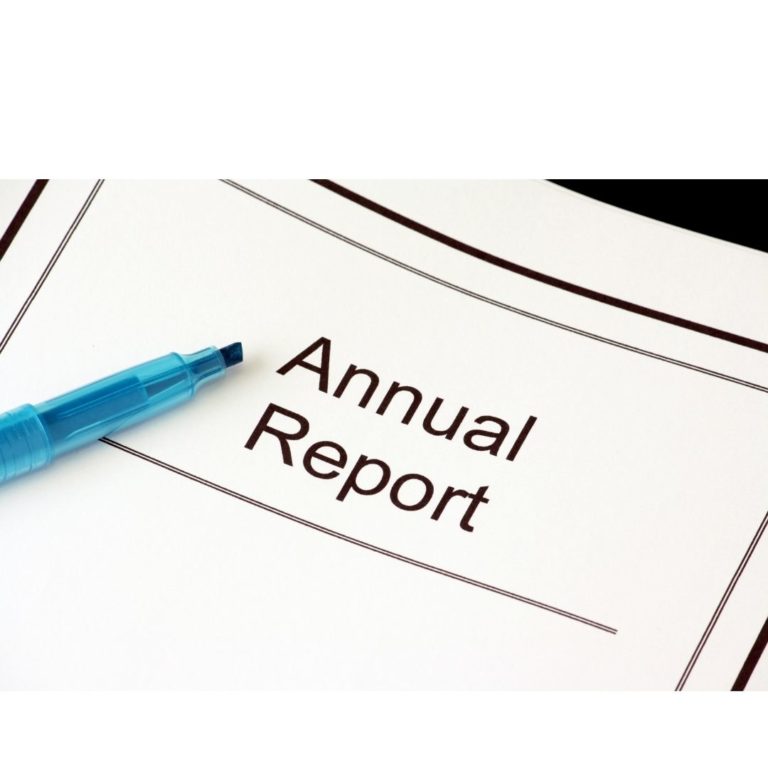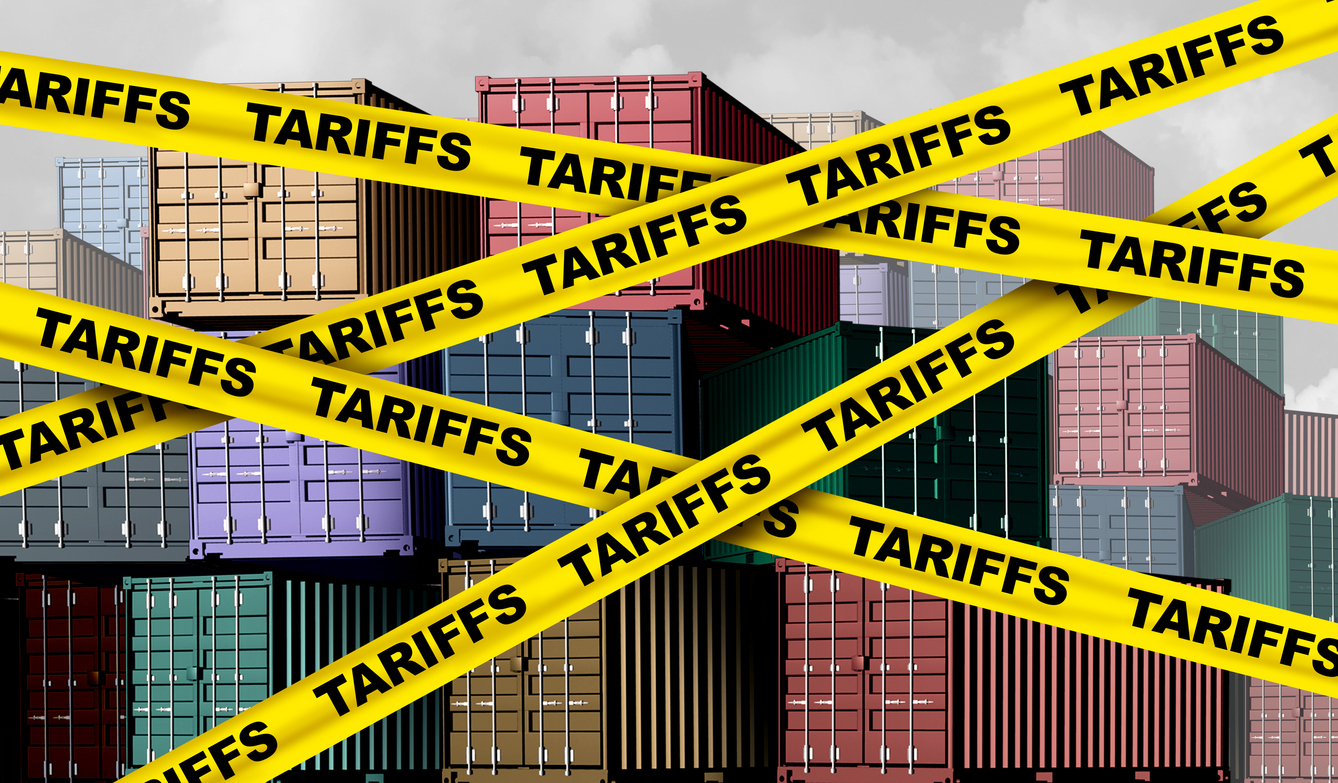
As we continue into 2025, subcontractors in the construction and restoration industries are bracing for a new wave of challenges– tariffs and supply chain disruptions.
These issues aren’t just abstract economic concepts– they’re real, tangible problems that can affect everything from material costs to project timelines.
For subcontractors, the stakes are high. Rising costs, delayed deliveries, and unpredictable market conditions can strain budgets, frustrate clients, and even jeopardize the success of projects.
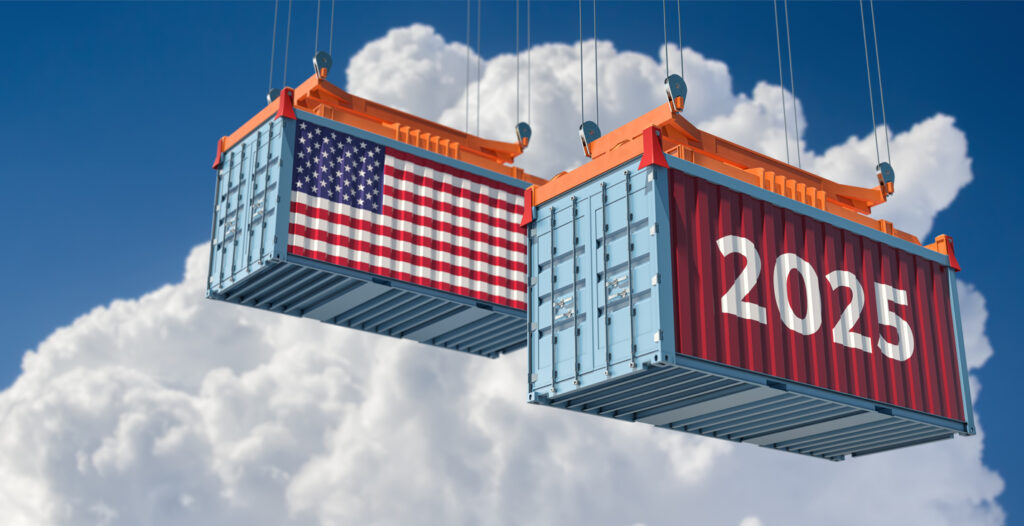
But here’s the good news: While we can’t control global trade policies or prevent supply chain hiccups, we can take steps to prepare and adapt. In this article, I’ll break down the potential impacts of tariffs and supply chain disruptions and share practical strategies to help subcontractors stay ahead of the curve in 2025 and beyond.
1. How Tariffs Affect Subcontractors
Tariffs/taxes imposed on imported goods are often used as tools in trade disputes or to protect domestic industries. However, for subcontractors, they can lead to higher costs for essential materials like steel, lumber, and electrical components. When tariffs are applied, suppliers often pass those increased costs onto subcontractors, who then face tough decisions – absorb the extra expenses or pass them on to clients.
For example:
- Steel and aluminum tariffs: These materials are critical for many construction projects, and price hikes can squeeze profit margins or force subcontractors to adjust their pricing strategies.
- Lumber tariffs: Wood is a staple in construction and restoration work, and higher costs can make it harder to stay competitive when bidding on projects.
- Electrical components: Tariffs on imported wiring, fixtures, and other supplies can increase costs for electrical subcontractors, impacting their bottom line.
The bottom line? Tariffs can make it harder to manage costs and stay competitive, especially in a tight market.
2. The Ripple Effects of Supply Chain Disruptions
Supply chain disruptions can stem from a variety of factors, including geopolitical tensions, natural disasters, or even logistical bottlenecks like port congestion. For subcontractors, these disruptions can lead to:
- Delayed deliveries: Waiting weeks or even months for materials can push project timelines back, frustrating clients and damaging reputations.
- Increased costs: When materials are in short supply, prices often rise, putting pressure on already tight budgets.
- Project cancellations: In extreme cases, delays and cost overruns can lead to canceled projects, leaving subcontractors with wasted time and resources.
For restoration subcontractors, who often need to act quickly in response to emergencies like water or fire damage, these disruptions can be especially challenging.
3. Strategies to Mitigate the Impact of Tariffs
While subcontractors can’t control tariffs, they can take steps to minimize their impact.
- Diversify your suppliers: Relying on a single supplier or region for materials increases vulnerability to tariffs. Look for alternative sources, including domestic suppliers or those in countries not affected by trade disputes.
- Lock in prices early: When possible, negotiate long-term contracts with suppliers to lock in prices before tariffs take effect.
- Pass costs strategically: While it may be necessary to pass some costs on to clients, be transparent about the reasons for price increases and emphasize the value of your work.
- Explore tariff exemptions: In some cases, subcontractors may qualify for exemptions or refunds on tariffs. Work with legal or trade experts to explore these options.
4. Preparing for Supply Chain Disruptions
To reduce the risk of supply chain disruptions, subcontractors should focus on building resilience and flexibility into their operations. Here are some practical steps that I would consider.
- Build a buffer stock: Maintain a reserve of essential materials to ensure you can continue working even if deliveries are delayed.
- Strengthen supplier relationships: Build strong partnerships with reliable suppliers who can prioritize your orders during shortages.
- Monitor global trends: Stay informed about potential disruptions, such as geopolitical tensions or natural disasters, and adjust your sourcing strategies accordingly.
- Invest in technology: Use supply chain management software to track inventory, monitor supplier performance, and identify potential risks early.
5. Improving Communication with Clients
Tariffs and supply chain disruptions can create uncertainty for clients, so clear and proactive communication is essential. Here’s how to keep clients informed and maintain trust.
- Set realistic expectations: Be upfront about potential delays or cost increases and explain the reasons behind them.
- Offer solutions: Present alternative materials or timelines to keep projects moving forward, despite challenges.
- Maintain transparency: Regular updates, even when there’s no new information, can reassure clients that you’re on top of the situation.
6. Embracing Innovation and Efficiency
Subcontractors can offset the impact of tariffs and disruptions by improving efficiency and exploring innovative solutions.
- Adopt lean construction practices: Reduce waste and streamline workflows to save time and money.
- Invest in prefabrication: Prefabricated components can reduce reliance on on-site materials and speed up project timelines.
- Explore alternative materials: Consider using sustainable or locally sourced materials that may be less affected by tariffs or disruptions.
I feel that proactive planning is always the key to fostering a non-reactive environment. The challenges posed by tariffs and supply chain disruptions in 2025 are real, but they are not insurmountable. By diversifying suppliers, building resilience, improving communication, and embracing efficiency, subcontractors can navigate these uncertainties and continue delivering high-quality work to their clients (The key is to act now). By preparing today, subcontractors can position themselves to not only survive but thrive in the face of tomorrow’s challenges.
What steps are you taking to prepare for 2025? Share your thoughts and strategies with me at linkedin.com/in/darrance-tezino.



